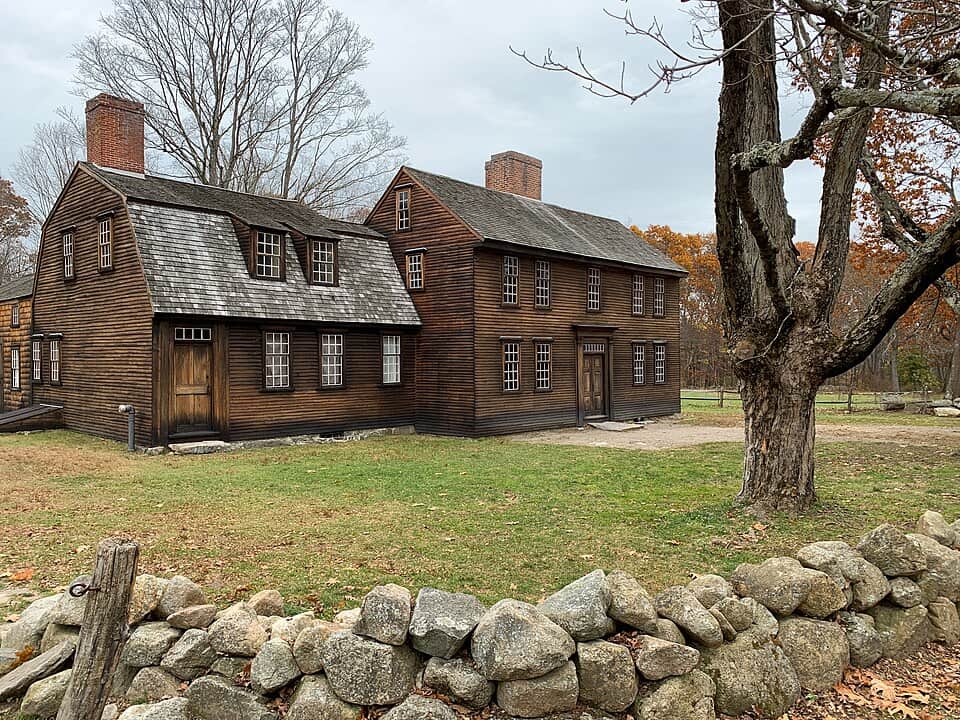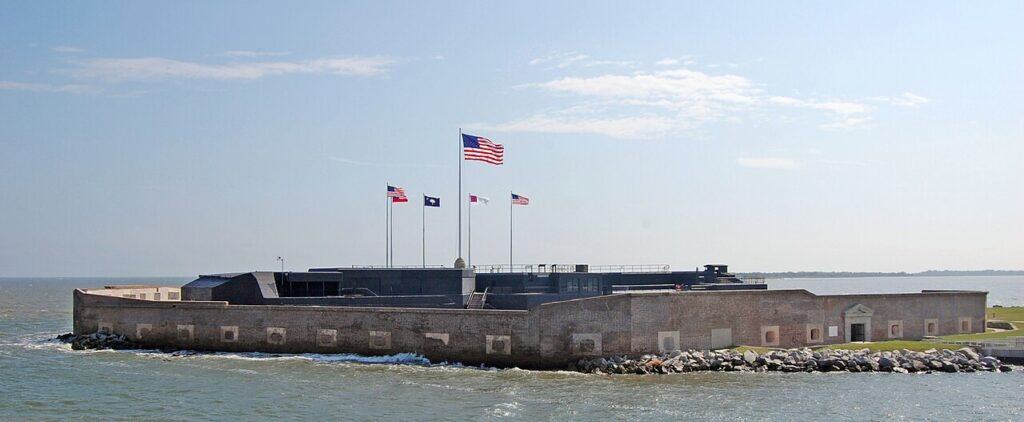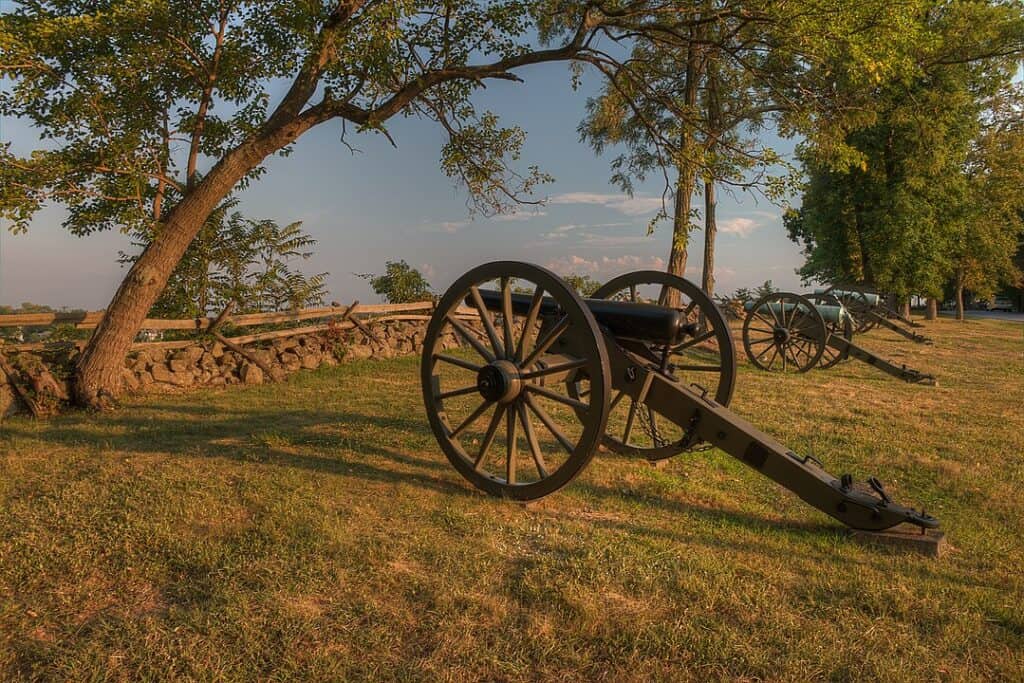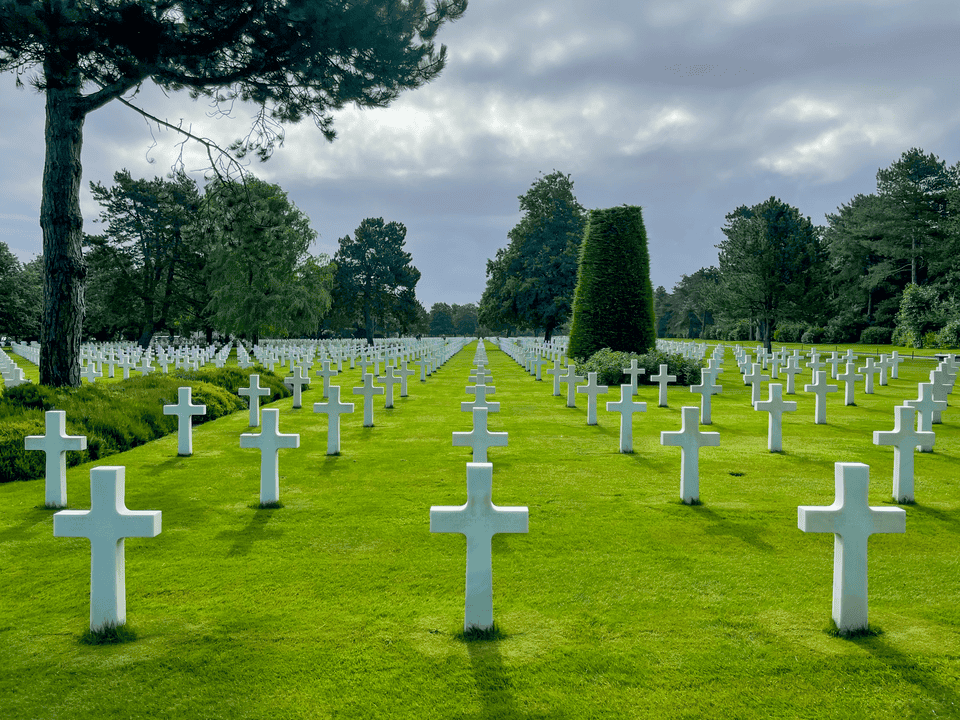We may earn money or products from the companies mentioned in this post. This means if you click on the link and purchase the item, I will receive a small commission at no extra cost to you ... you're just helping re-supply our family's travel fund.

Turning points in U.S. military history rarely sit in isolation. They live in landscapes, harbors, ridgelines, and brick forts where choices bent the arc of a war and the country with it. Walking these places adds scale to familiar dates, bringing tactics down to human sightlines and real distances. From colonial skirmishes to modern alliances, each stop marks a shift in strategy, technology, or public will. The ground is still there, open to visitors, and the echoes carry across fields, docks, and town squares.
Lexington and Concord, Minute Man NHP, Massachusetts

On the road between Lexington and Concord, militia faced British regulars and turned protest into open war. Minute Man National Historical Park preserves the North Bridge, traceable battle road, and quiet farm fields that make the first volleys feel close, while wayside homes, stone walls, and a visitor center fill in tactics and timing. The landscape explains how a running fight unraveled a column, tying myth to measurable distance as a morning march became revolution.
Saratoga National Historical Park, New York

At Saratoga in 1777, American and allied forces stopped Burgoyne’s southward push, capturing an army and convincing France to join the war. The national historical park lays out Freeman’s Farm, Bemis Heights, and the Hudson bluffs in a loop that clarifies lines of fire and topography. Overlooks, redoubts, and field markers make the alliance’s origins tangible, showing how a regional fight shifted into an international conflict that the British could not isolate.
Yorktown Battlefield, Colonial NHP, Virginia

Yorktown closed the Revolutionary War’s major combat with a siege that trapped Cornwallis between allied lines and the York River. Artillery positions, siegeworks, and the surrender field at Colonial National Historical Park turn textbooks into distances a person can walk in an afternoon. French coordination, naval blockade, and patient engineering come into focus here, explaining how endurance and logistics ended a campaign and opened space for a treaty.
Fort McHenry National Monument, Maryland

During the War of 1812, the defense of Fort McHenry turned back a British fleet and steadied national morale after the burning of Washington. Ramparts, guns, and the star-shaped outline remain at Baltimore’s harbor, where flags snap in the same wind that inspired the words to “The Star-Spangled Banner.” Interpretive trails and casemates explain tactics and tides, making clear how coastal fortifications and citizen soldiers protected a port that mattered to strategy and identity.
Fort Sumter National Monument, South Carolina

Fort Sumter marks the Civil War’s opening shots, a bombardment that turned years of argument into four years of organized conflict. Boat rides to the fort and harbor views place Charleston’s strategic geometry in context, while exhibits outline how supply, politics, and timing forced the standoff. Brick, water, and sky frame a site that feels ceremonial and fragile, a reminder that wars begin in decisions made by people who believed the next move would be quick.
Antietam National Battlefield, Maryland

Antietam’s single day of combat in Sept. 1862 became a hinge for the Civil War, giving Lincoln the ground he needed to announce the Emancipation Proclamation. The Cornfield, Sunken Road, and Burnside Bridge sit close enough to trace in one loop, turning casualty numbers into fields and fences. Quiet lanes and stone walls carry gravity without theatrics, and the political aftermath remains legible in the landscape that held through a long, punishing day.
Vicksburg National Military Park, Mississippi

Vicksburg delivered control of the Mississippi River after a 47 day siege, splitting the Confederacy and pairing with Gettysburg to reset the war’s course. Ridge lines, lunettes, and the restored ironclad Cairo give shape to a campaign defined by supply, engineering, and stubborn terrain. Driving loops and short walks trace approaches and trenches, making it easy to see why the river mattered to trade, troop movement, and the broader plan that won the West.
Pearl Harbor National Memorial, Hawaiʻi

The attack on Pearl Harbor on Dec. 7, 1941 pulled the United States fully into World War II and reordered alliances for generations. At the memorial, the harbor itself does the talking, with the Arizona resting below, the Missouri berthed nearby, and the Pacific Aviation Museum interpreting the air war. Ferry rides, piers, and hangars align timelines in a tight radius, linking the surprise strike to the industrial surge and global strategy that followed.
Normandy American Cemetery and Memorial, France

D-Day on June 6, 1944 opened a Western front that sealed Germany’s fate, and the Normandy American Cemetery overlooks the beaches where the landings began. Graves, maps, and bluffs sit above Omaha’s surf, giving perspective that photographs rarely provide, while nearby museums fill in airborne drops and harbor engineering. Standing at the cliff edge clarifies distance, tide, and exposure, and the quiet that follows says as much as any exhibit about cost and consequence.